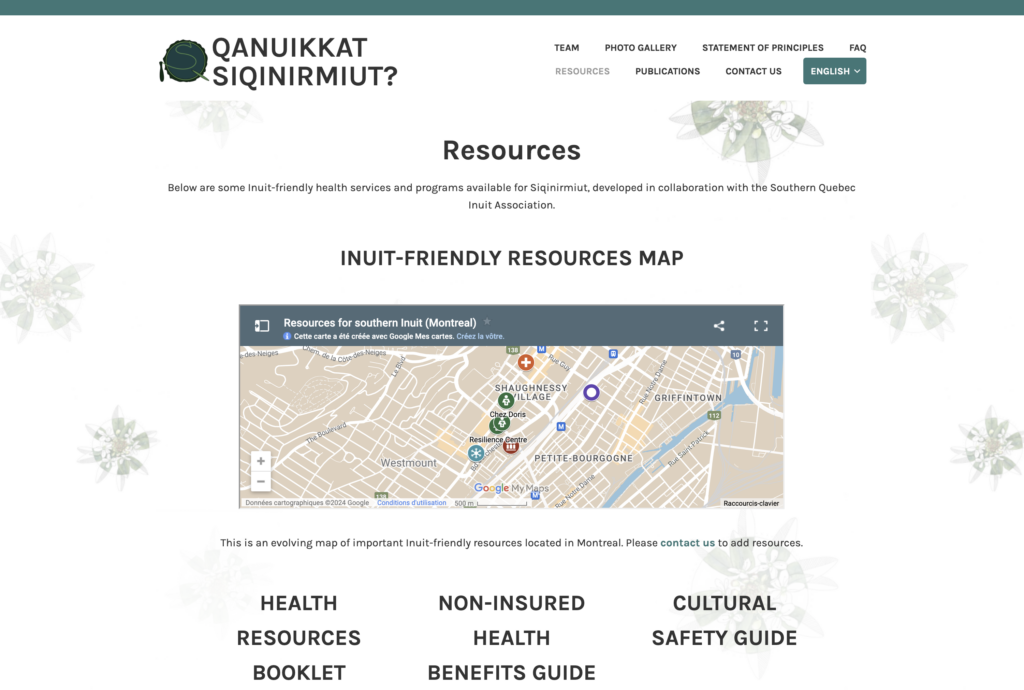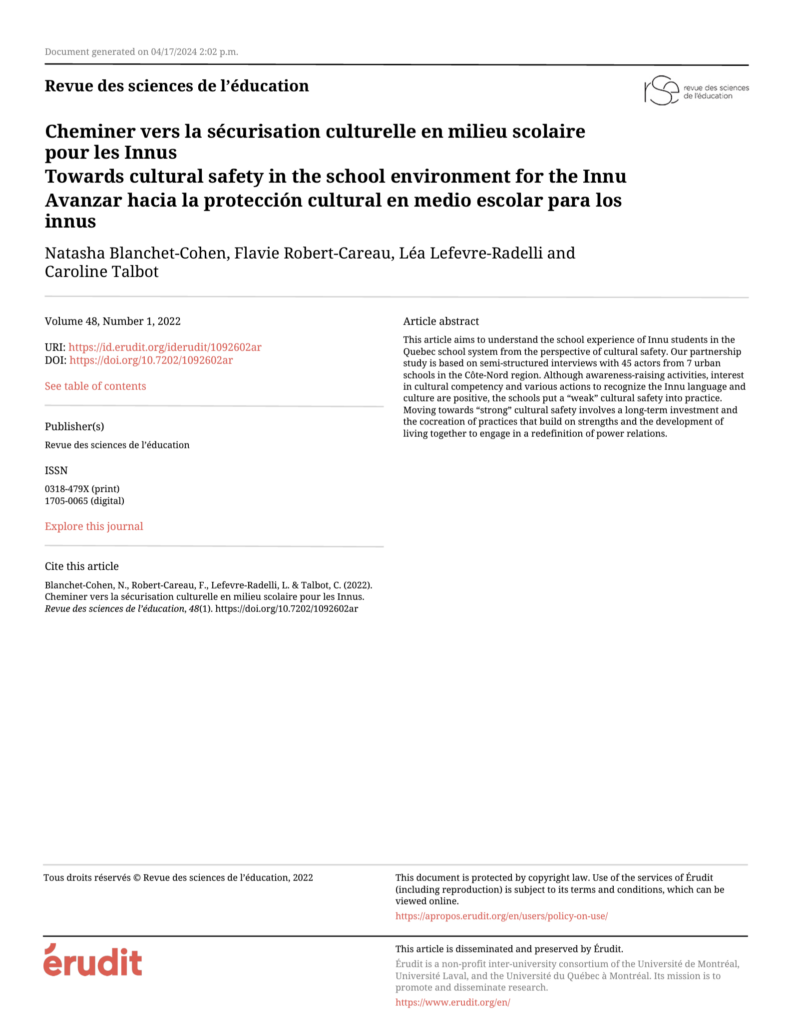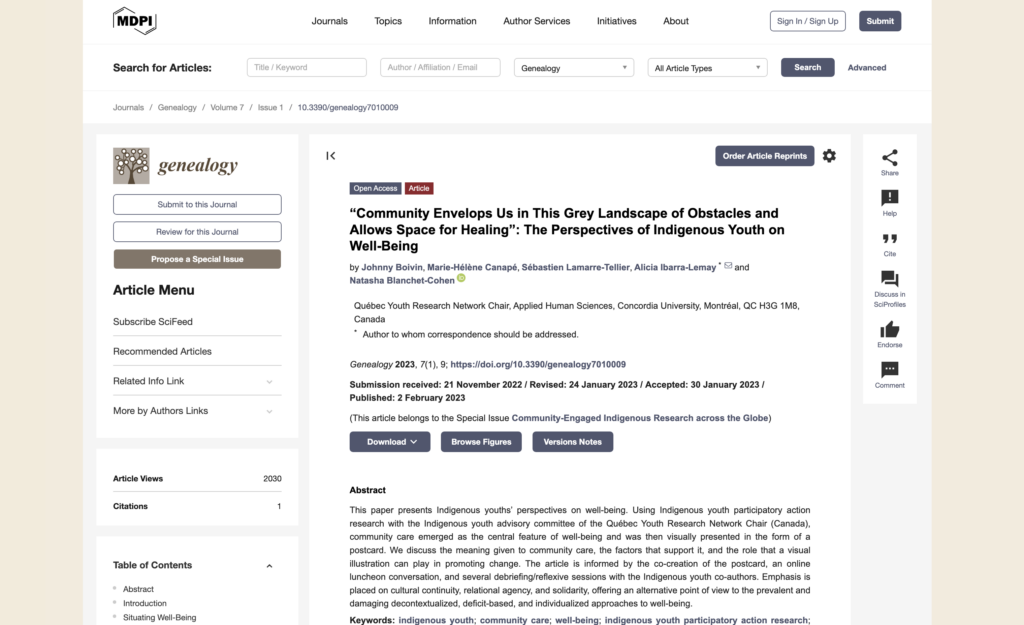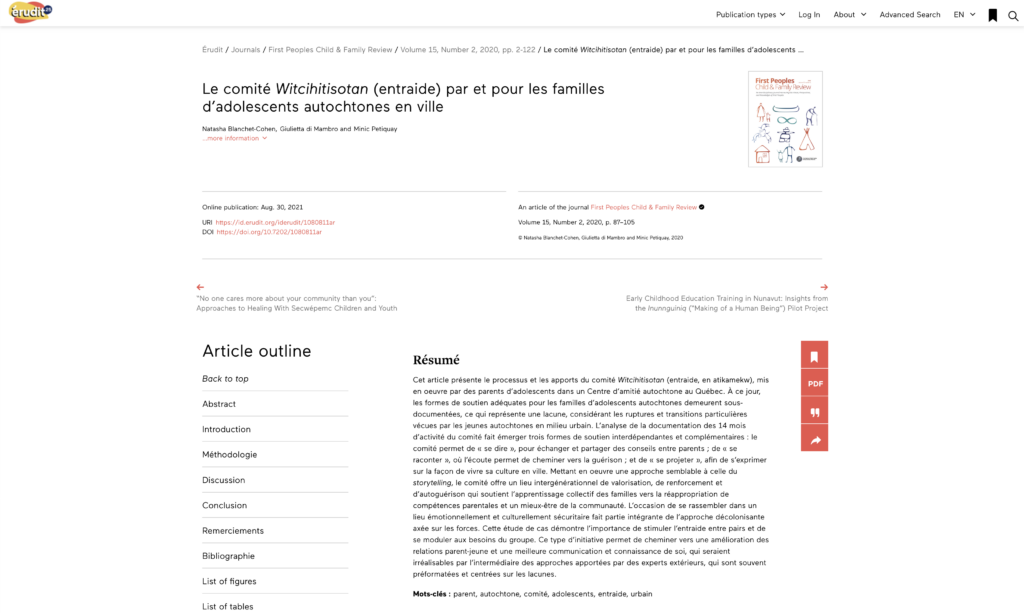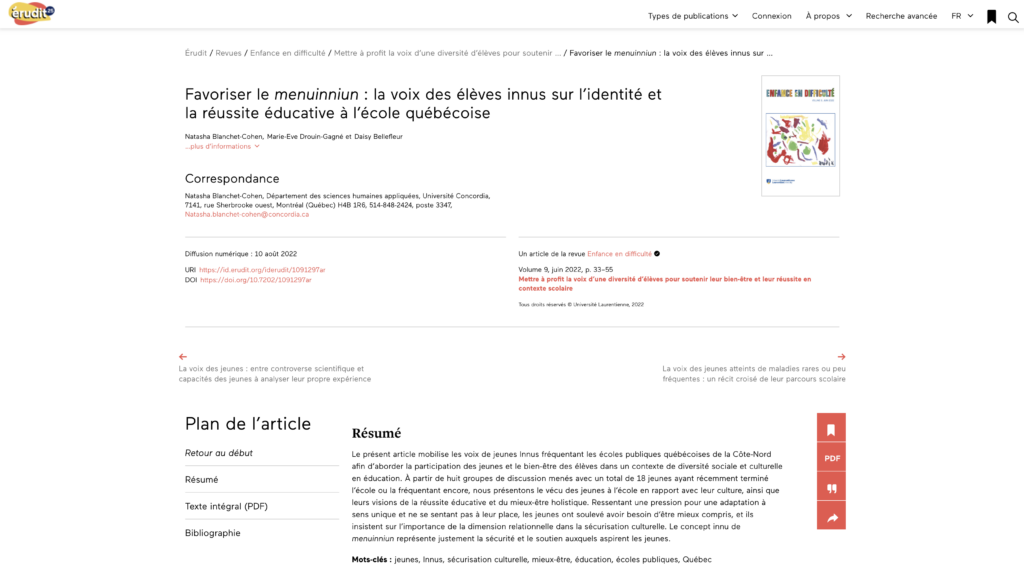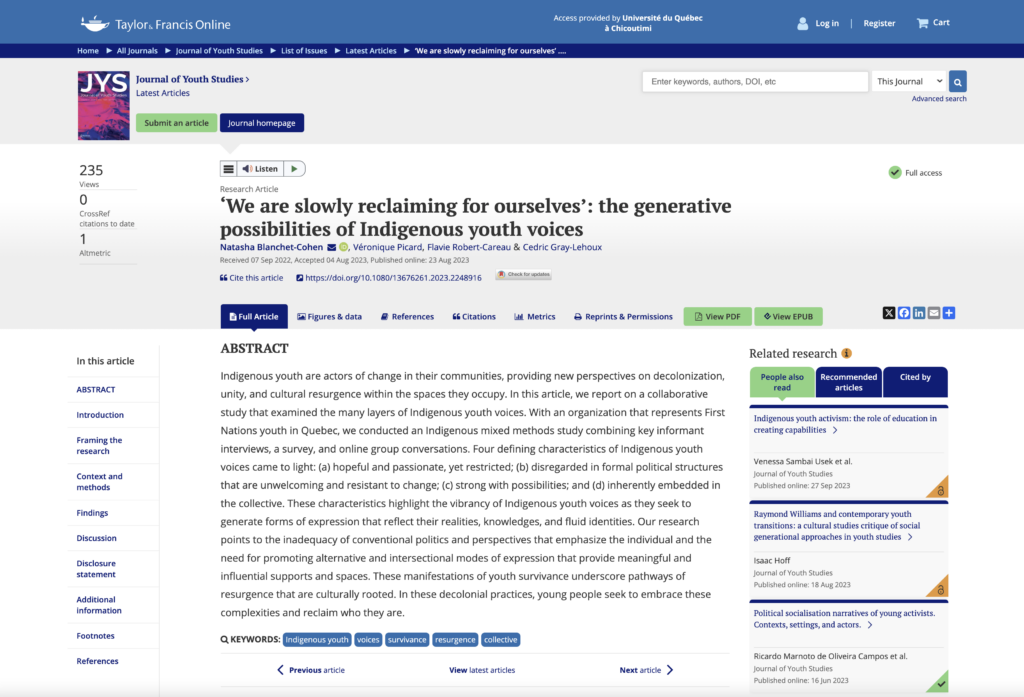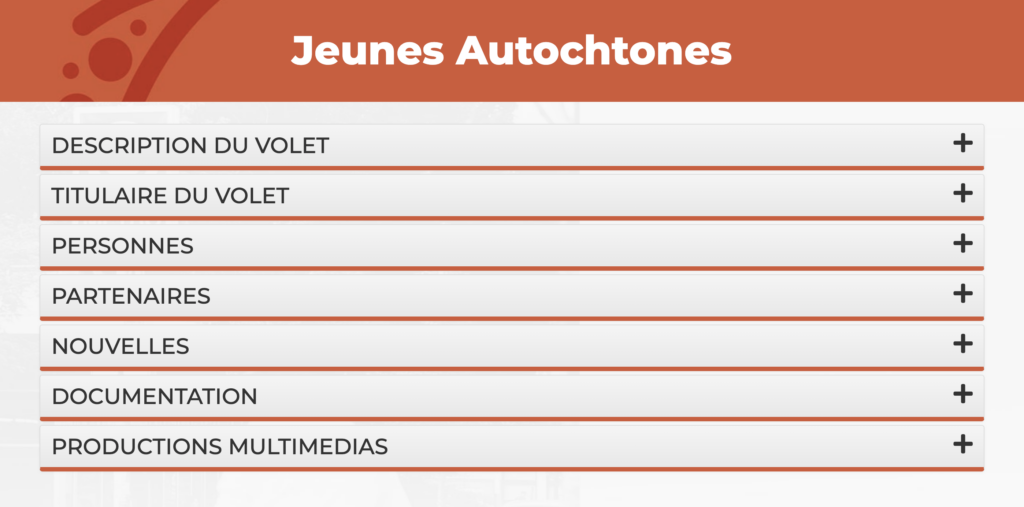Notice bibliographique
Barnett, T. A., Contreras, G., Ghenadenik, A. E., Zawaly, K., Van Hulst, A., Mathieu, M.-È. et Henderson, M. (2021). Identifying risk profiles for excess sedentary behaviour in youth using individual, family and neighbourhood characteristics. Preventive Medicine Reports, 24, 1-8.
Résumé
There are few known determinants of sedentary behaviour (SB) in children. We generated and compared profiles associated with risk of excess SB among children (n = 294) both at 8–10 and 10–12 years of age (Visits 1 and 2, respectively), using data from the QUebec Adipose and Lifestyle InvesTigation in Youth. Excess SB was measured by accelerometry and defined as >50% of total wear time at <100 counts/minutes. Recursive partitioning analyses were performed with candidate individual-, family-, and neighbourhood-level factors assessed at Visit 1, and distinct groups at varying risk of excess SB were identified for both timepoints. From the ages of 8–10 to 10–12 years, the prevalence of excess SB more than doubled (24.5% to 57.1%). At Visit 1, excess SB was greatest (73%) among children simultaneously not meeting physical activity guidelines, reporting >2 h/day of weekday non-academic screen time, living in low-dwelling density neighbourhoods, having poor park access, and living in neighbourhoods with greater disadvantage. At Visit 2, the high-risk group (70%) was described by children simultaneously not meeting physical activity guidelines, reporting >2 h/day of non-academic screen time on weekends, and living in neighbourhoods with low disadvantage. Risk factors related to individual lifestyle behaviours are generally consistent, and neighbourhood factors generally inconsistent, as children age from late childhood to pre-adolescence. Multiple factors from developmental, behavioural and contextual domains increase risk for excess sedentary behaviour; these warrant consideration to devise effective prevention or management strategies.
Hyperlien
https://doi.org/10.1016/j.pmedr.2021.101535Publication du membre
Tracie BarnettAppartenance aux volets










